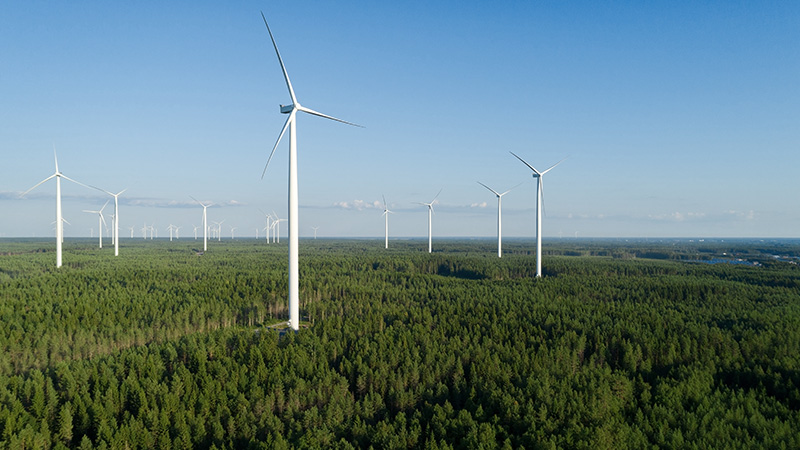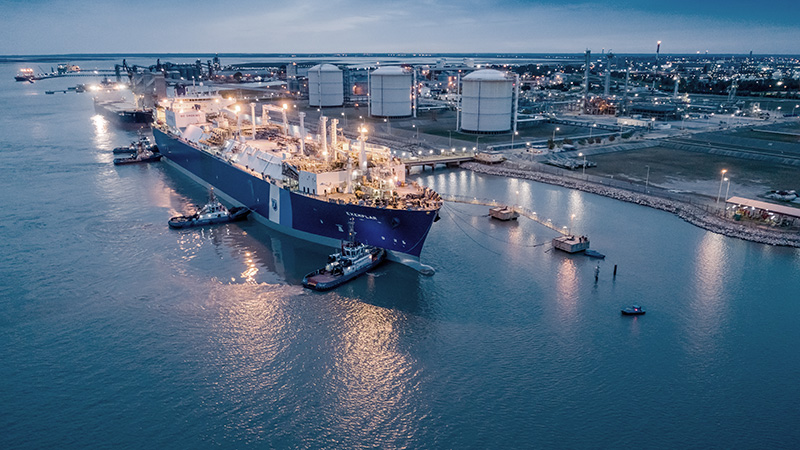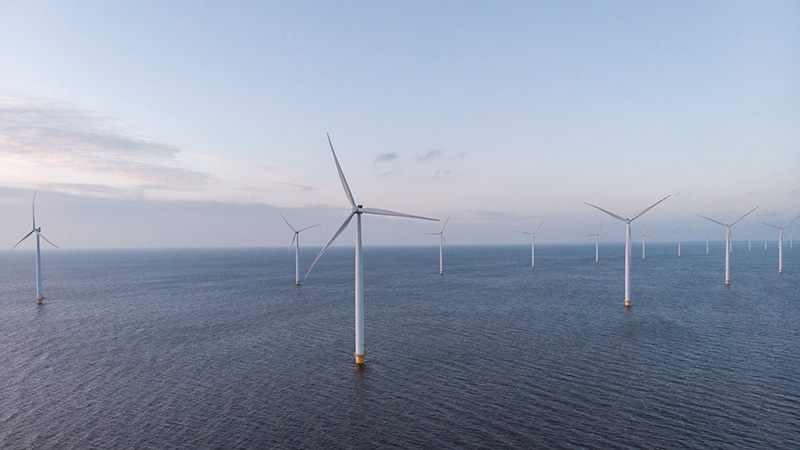The green transition is making unparalleled strides in the Nordics. Market-based development and being open to new innovations have made Finland one of the leading countries in the energy transition. For decades, Castrén & Snellman has been a forerunner in major industrial energy and infrastructure projects, and today we help our customers create sustainable success stories that can change the market in the field of energy transition.
C&S Future Lens: Being open to innovations makes Finland a leader in new forms of energy





Samuli Tarkiainen, Miika Pinomaa, Kanerva Sunila & Heidi Malmberg
Related services

Ultimately, the question with the green transition is how environmental and climate crises can be solved.
‘Companies are at the forefront of developing innovations for the energy transition, and as lawyers, we also participate in making this transition possible,’ says Samuli Tarkiainen, our partner.
The green transition penetrates practically all aspects of the society, such as construction and energy production, and in many respects it means the electrification of transport/traffic and industry, for example. At the same time, the consumption of energy and production of electricity are increasingly moving away from fossil fuels and CO2-generating combustion in general and towards renewable or emission-free forms of energy.
‘Electrification is not the only solution for reducing emissions, but it is one essential method. It is also important to consider how electricity is produced and how sufficient capacity can be ensured,’ says Partner Miika Pinomaa.
The EU is expected to provide the cornerstones for the regulation of hydrogen and electrofuels
The green transition has long been visible in EU legislation, but Russia’s attack to Ukraine gave a new impetus to the transition as Member States are trying to cut ties with Russian energy.
Currently, one of the most essential regulation projects in the EU is the gas market package, which will reform the gas market directive and regulation, among other things. The reform package is also expected to set out rules for the hydrogen market. Detailed regulation for hydrogen has already been awaited as investors, developers and energy companies, among others, have been interested in the possibilities offered by green hydrogen. There are also several ongoing projects to construct green hydrogen production plants in Finland.
The EU is currently also in the process of finishing the ‘Fit for 55’ package, including the reformation of the Renewable Energy Directive, which is expected to provide objectives for the use of electrofuels, for example.
‘In addition to extending the current regulation, these amendments aim to affect the market. In some cases, it is possible to push up demand with regulation. This is to be expected, for example, with respect to green hydrogen, which has raised a lot of interest among investors and energy sector actors. Still, regulatory amendments should be made with consideration, avoiding unwanted impacts and with a long-term vision in mind,’ summarises Partner Matias Wallgren.
The progress of the green transition requires a stable investment environment
It is typical for the Nordic countries that even the energy transition is carried out on market terms, even though the countries have also used support arrangements. Investments and projects are usually realised if there is demand and the regulation in the target country makes them profitable. On the other hand, if all costs and expenses or the tax treatment of a project are not predictable, it is possible that investments are not made.
Pinomaa considers it important that regulation is developed consistently so that the operations of the energy market can be secured:
‘Even if the regulation is reformed, the market needs clarity and understanding of where the energy policy is going in the long-term. The constant fine-tuning of the regulation seen in recent years may make it challenging to invest in and implement new forms of energy. On the other hand, new solutions may require reforming the regulation, so the legislator’s task is not easy. Several green transition investments are being planned in Finland, and this progress should be supported.’
With respect to electricity production, it is evident that companies make investments in the green transition on market terms.
‘Wind and solar power are being actively invested in, and onshore wind power has for several years been the cheapest way to produce electricity in Finland. New energy solutions may require some kinds of mechanisms supporting the market development,’ says Senior Associate Kanerva Sunila.
Future trends
The energy industry is constantly developing, and our experts monitor this development closely. What sort of changes do experts predict for the coming months and years?
‘SMRs, i.e. small modular reactors, have been on their way in recent years. It is interesting to see when they become more common and whether they will also provide solutions for heat production in Finland. Another interesting case is obviously green hydrogen and its regulation; are we able to make good use of the promising situation and get the market rolling,’ says Tarkiainen.
‘In addition to climate change mitigation, stopping the loss of biodiversity will most likely be more visible also in the energy sector. In Finland, strengthening the carbon sinks and the role of bioenergy are interesting questions for the future energy system,’ predicts Sunila.
In the EU, the discussion concerning the regulation of green transition will continue to be lively this year.
‘We anticipate the development of the market and the regulation – and as lawyers, we also influence it by letting the society draw from our experience. Together with our clients, we seek to ensure that investing in green transition projects is successful and profitable in the long term,’ says Wallgren, summarising the role of lawyers in the energy transition.
See also:
The Nordic energy transition goes on despite the energy shock













